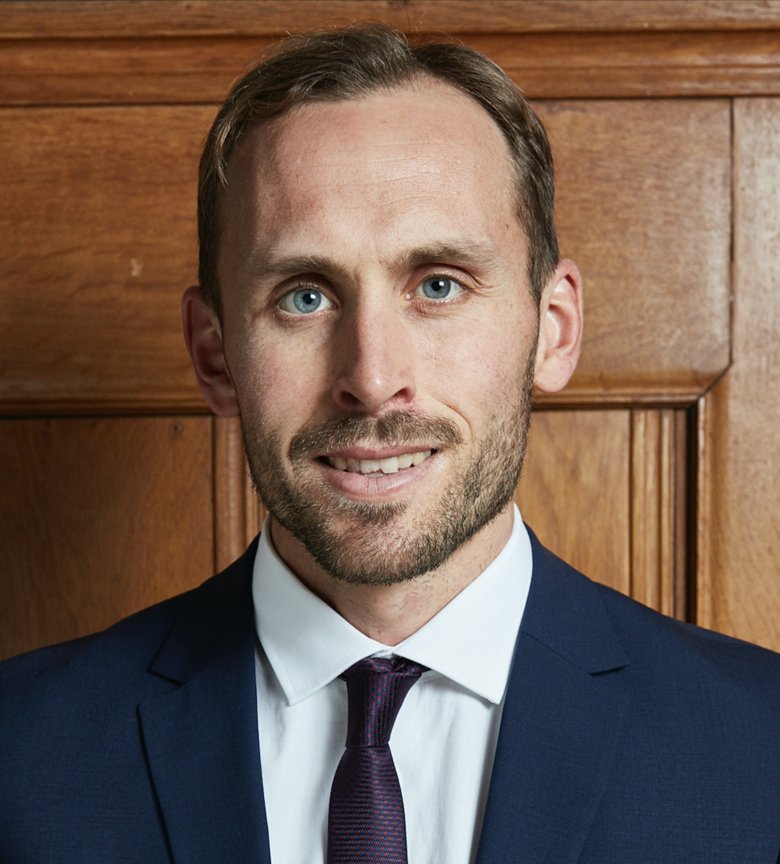Autoimmunity: "There are dramatic gender differences"
Nils Landegren is a doctor and researcher specialising in autoimmunity. He has started a research project to investigate why autoimmune diseases are so much more common in women.

Text: Annika Lund, first published in Swedish in the magazine Medicinsk Vetenskap nr 4/2020.
What is the gender distribution?
"In general, women have four times the risk of developing an autoimmune disease. For some diseases, the risk is even higher. For example, women have ten times the risk of SLE, Sjögren's syndrome or autoimmune derived thyroid disease.”
What are you doing in the study?
“We are investigating the immune system of 80 people who are being treated with sex hormones for gender dysphoria. Half are female-to-male treatments and half are male-to-female treatments. This allows us to follow the same individual, where environmental factors and genetics are the same and only the hormone picture changes. These are people without autoimmune disease, so what we want to try to understand here is how a healthy immune system is affected by the hormonal environment. We are also investigating a number of people with so-called mosaicism. These are people with unusual conditions, where cells with two different sets of sex hormones are found in the blood. We can compare immune cells with female versus male chromosome composition from the same individual, so that the hormone image and environment are identical. We will also be able to stimulate these immune cells in different ways and see how they respond. This allows us to investigate how genetic differences between men and women affect immune function.”
What can this research provide?
“It can provide a basic understanding of how the immune system is controlled and why we see these dramatic differences between the sexes. The unique thing about our approach is that we can sort out what is explained by genetics and hormones respectively. Hopefully this can provide clues for new treatment strategies, how to be able to influence the immune system with autoimmune diseases. Can we make behaviour more manly? Could this be a new strategy for SLE? These are the kind of ideas we have within the framework of this project.”
